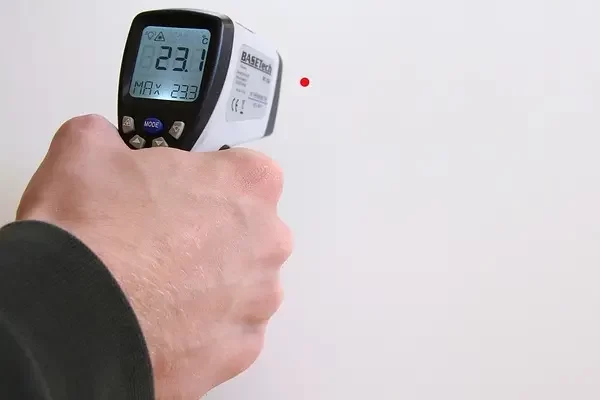Temperature is a critical factor in eradicating mold as it can halt its growth and prevent it from spreading. The following are essential aspects to consider:
Mold typically thrives in environments with temperatures between 77°F (25°C) and 86°F (30°C).
However, mold can be killed by extreme temperatures. Most species of mold are destroyed at temperatures above 140°F (60°C). When the temperature drops below freezing, mold becomes inactive but remains alive and can become active again when the temperature rises.
To effectively kill mold without damaging nearby materials, it is best to maintain a temperature between 130°F (55°C) and 140°F (60°C). However, it is crucial to note that eliminating mold entirely may require considerations beyond temperature, such as humidity levels and proper ventilation.
To prevent mold growth, it is recommended to maintain a consistent temperature and humidity level below 55%.
| Mold/Mildew Types | Color | Effective Killing Temperature |
|---|---|---|
| Aspergillus | Green | Above 150°F |
| Cladosporium | Black | Above 110°F |
| Penicillium | Blue | Above 120°F |
| Alternaria | Brown | Above 130°F |
| Stachybotrys | Black | Above 160°F |
| Aureobasidium | Pink | Above 140°F |
Consulting with mold remediation professionals is advisable to determine the appropriate temperature and techniques for your particular situation.

